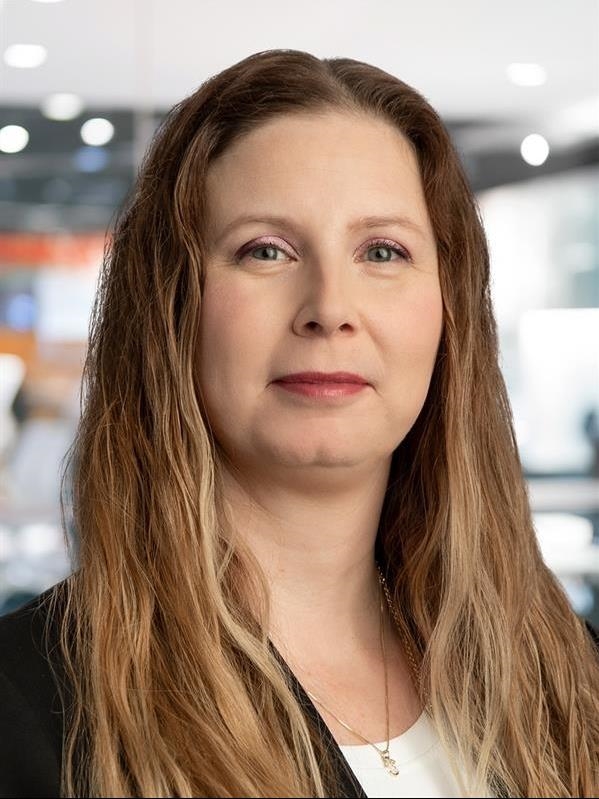As the national economy continues to waiver and unemployment grips several provinces, the realities of mounting debt are all too real for thousands of Canadian households. As debt continues to accumulate, many find themselves in a dangerous cycle that seems impossible to get out of. So what can one do? There are several options to dealing with unmanageable debt. One of those options is filing a Consumer Proposal which provides many benefits.
In essence, a Consumer Proposal is the act of negotiating a deal with the creditors. If the creditors like the deal you’ve offered, the Consumer Proposal goes forward. If they don’t like it, the creditors can make a counter offer or refuse it altogether. Once an agreement has been made, the Consumer Proposal becomes legal and binding on all parties.
The Bankruptcy and Insolvency Act requires that under a Consumer Proposal, 50% of the voting dollars of the creditors must vote for the proposal. If they do, all creditors are then bound by the Proposal, even the creditors who voted against it.
A benefit of the Consumer Proposal is that the interest stops on the debt. A big complaint among debtors is that despite regular payments to creditors, the interest accruing on the debt makes it difficult to get any of the principal paid down. With no increasing balances resulting from interest, the payments made into the Consumer Proposal result in a larger impact.
The basis for determining the payment requirement in a Consumer Proposal is not necessarily the amount of debt. When a Consumer Proposal is put forward for consideration to creditors, the Trustee is required to advise the creditors of any expected dividend that would be paid to the creditors under a bankruptcy scenario. A major requirement for a Proposal is that it must provide some greater benefit to the creditors than if the individual had filed a bankruptcy. For most creditors, that benefit is generally in the form of greater dividends being paid to them under a Consumer Proposal than a bankruptcy. Dividends are determined by considering what assets are owned by the debtor and what the income is of the debtor.
For some debtors, a Consumer Proposal might mean paying back the debt in full but this is not always the case. Creditors will consider the expected dividends to be received but they also consider other factors such as:
- the reason necessary for the debtor having filed the Proposal;
- the expectation of income of the debtor in the future;
- the expectation of employment in the future; and
- past behaviour (including payment history) with the creditor themselves.
With the removal of interest and likely reduction in the amount that needs to be repaid, the debtor has the ability to formulate a payment plan that works for their family and their budget to ensure its success as they work towards a stronger financial future.



